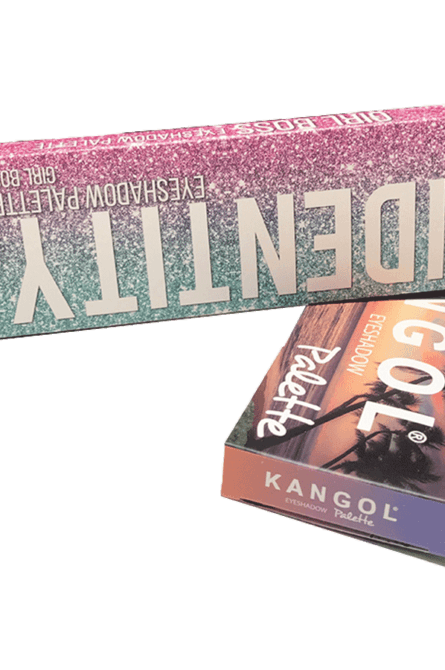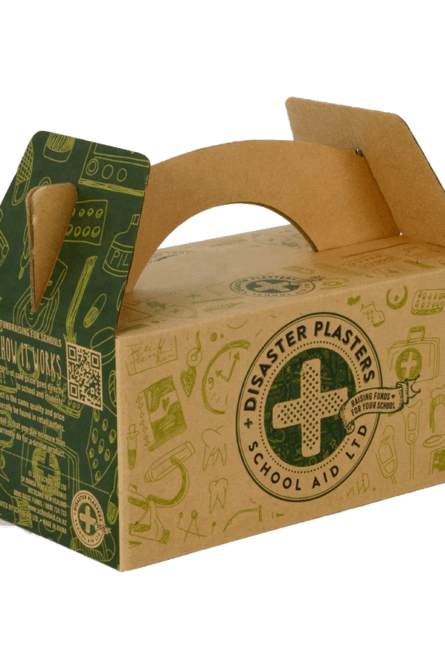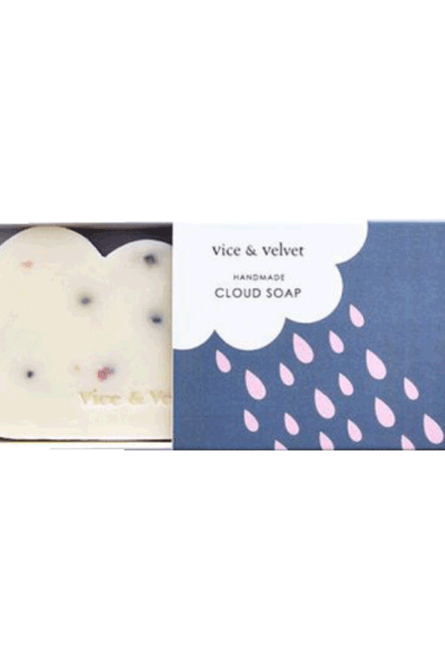16
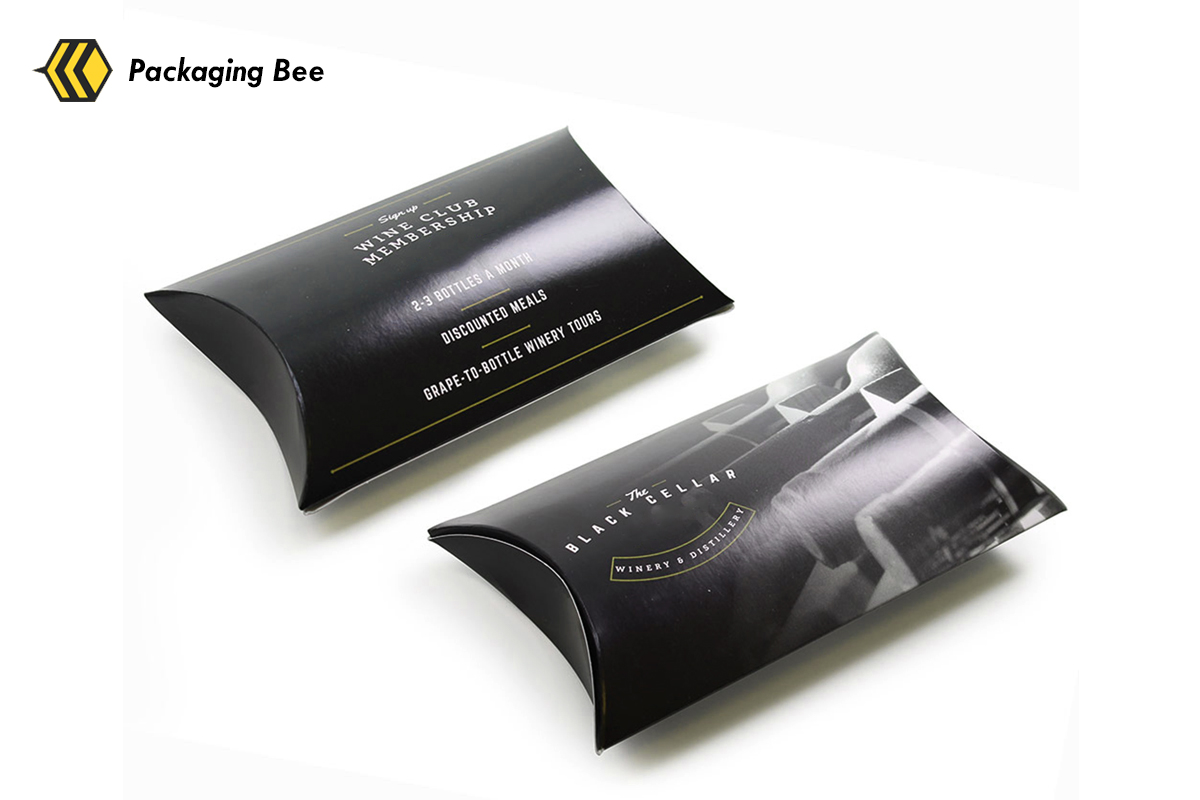
By: Monica Harper
Are you a shopaholic and loves to buy trendy apparel now and then? Do you have any idea of how much impact your shopping bags and leather jackets are having on the environment? Let me take you to the other side of the story that is not as glamorous as the one you know. Yes! I am talking about the overall impact of the textile industry from production to the consumer’s end phase. The textile industry is a vast market that has an immense effect on the global environment, either direct or indirect. So, if you own a textile industry or are someone fond of shopping, this article will blow up your mind by all the facts and figures related to the textile reality! Let’s have a look!
How Is Textile Industry Impacting the Environment?
Everything you are buying, and the brands are producing is majorly affecting the environmental quality in terms of air, water, and soil.
The main environmental concerns in the textile industry include extensive use of water, wastewater discharge, air emissions, and over-exploitation of natural materials such as cotton. Let’s understand the back story of our favorite jeans and that white summer cotton shirt.
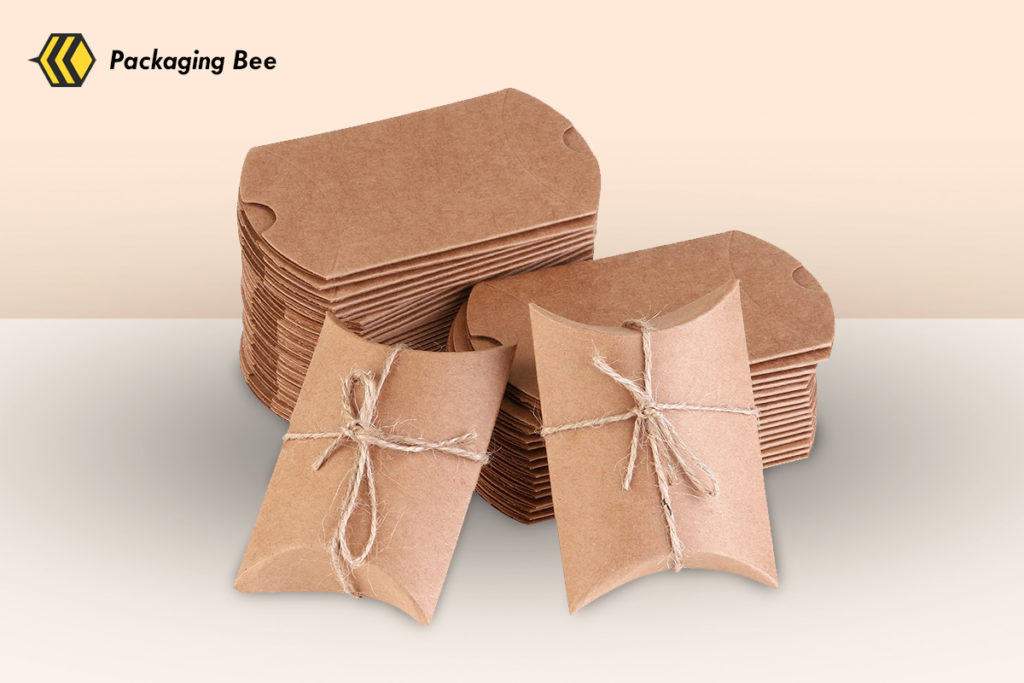
Phases Involved in A Production of A Textile
If we look into the Life cycle assessment (LCA) of any product it has four significant steps;
- PRODUCTION/MANUFACTURING
- TRANSPORTATION
- USE
- DISPOSAL
Any piece of textile that you buy undergoes these four stages in its entire life cycle. Each of these phases has a separate impact on the environment. For instance, textile manufacturing begins with the harvesting of raw material (cotton, nylon, etc.). After that, the raw material undergoes four main stages, including yarn production, fabric development, fabrication, and finishing. This finished product (textile) is then shipped to the retail stores or customer’s doorstep in the case of online shopping. The consumers use the product, and then some of them reuse it while others dispose of it.
All these four stages have a specific role in degrading the environmental quality. For instance, in the first phase, the raw material is being exploited extensively. The second step involves a significant contribution to the emission of greenhouse gases (GHG) such as Co2 as a result of shipping. The third step consists of the use of water and electricity to wash the clothes. The final stage, known as the disposal phase, involves the addition in the waste piles.
Terrifying Facts Regarding the Water Footprint of Textile Industry
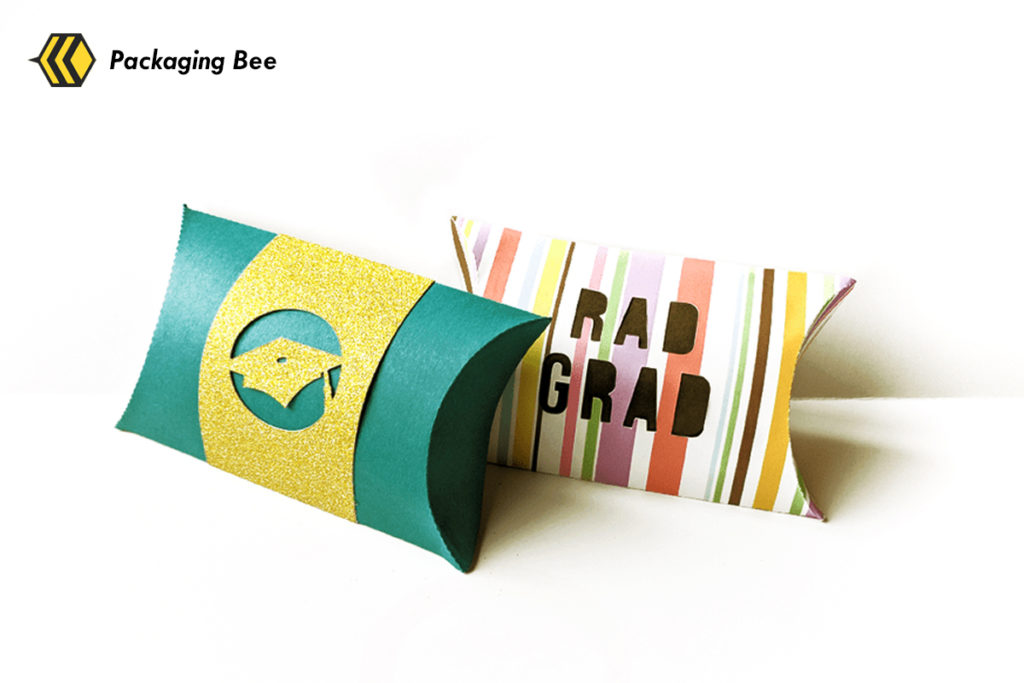
According to the Water Footprint Network, cotton production is responsible for approximately 2.6 percent of the global water use. While according to the estimates, textile dyeing consumes 2.4 trillion gallons of water per year. Moreover, the ratio of textile production to water use is 1 ton to 200 tons in the case of most fabric manufacturing facilities.
Also Read: Here’s All the Basic Information About Product Packaging Design For The Beginners
Did You Know?
- It takes 2,700 Liters (713 gallons) of water to make your favorite white cotton T-shirt.
- And a total of 2,000 gallons (7,600 liters) of water is used to make that pair of jeans you just bought.
- It takes 40 gallons of water to wash one load of laundry.
What Impact Does Rapidly Changing Fashion Trends Have On the Textile Sector?
The fashion industry is the most transient industry worldwide. Every day new cuts, styles, and fabrics kick into the fashion game, and as quickly as they came, these trends tend to change. Famous fashion designers and brands are always in a struggle to introduce something innovative and unique in the textile market. This rapidly changing and disposable fashion industry is having a massive impact on consumer behavior. People tend to buy new things according to the trends and fashion statements, and the rest of the clothes become waste piles. No one is really focussing on the negative effect this fast trend changing custom is having on the entire planet. Chasing trends has now become the most popular mass activity. Moreover, quality is no longer an issue because people are buying clothes to follow a fashion trend that might last only for a few months. Therefore, to reduce this impact, both consumers and manufacturers will have to join hands to make conscious choices.
What Manufacturers Can Do to Reduce the Impact?
Water Treatment
Water is one of the essential natural resources which are being depleted at a massive scale. Industries being major polluters are responsible for this depletion. The dye-bath sector of the textile industry is considered the most polluting sector among all the industrial sectors. Moreover, a large textile mill produces 2 gallons of wastewater per day. This wastewater is loaded with dyes, salts, chemicals, suspended solids, acid, detergents, and soda. Therefore, there is a need to treat the water and reuse it as many times as possible to cut down the impact and pressure on natural resources.
Encouraging Donations
One effective solution reduces the impact of the fast and disposable fashion could be donations. The developed countries must donate to the developing countries. This way, there will remain a balance, and the amount of textile products wasted each year will be reduced.
Eco-Friendly Packaging Material
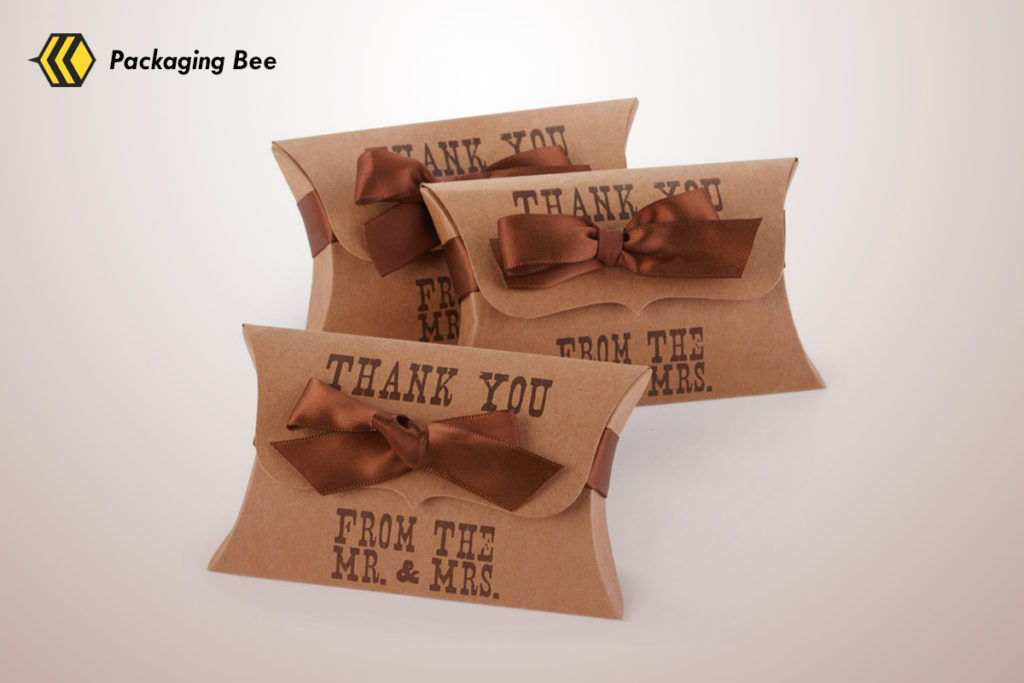
The packaging sector of every industry is causing a great influence on the global environment.
Plastic packaging is hazardous to the environment as it takes almost hundreds of years for the plastic to degrade. Many famous brands and industries are now making conscious efforts to incorporate eco-friendly packaging in their business. Custom packaging is the ideal way to reach to the target audience most effectively and harmlessly. There is a whole variety of custom boxes available in the market for efficient packaging solutions. Pillow boxes are the best boxes when it comes to textile packaging. You can pack anything in these chic and uber stylish boxes to enhance your brand image. In addition, you can use these pillow boxes as gift boxes to pack gift items such as hand-made carpets, towels, embroidered bed sheets, and clothes to your beloved.
Switching to Energy-Efficient Machineries
Energy consumption is also one major concern of industrialists. The easiest and practical of reducing the energy consumption of any industry is to shift to an energy-efficient electric system, smart offices, and efficient machinery. Moreover, it is important that industries provide special instruction to their workers to be more conscious and use the electricity consciously.
Use Natural Dyes Instead of the Harmful Chemical
Chemicals, bleaching agents, and artificial dyes are commonly used ingredients of the textile industry. These harmful chemicals prove to be toxic to the environment and aquatic life. It is a much better option that textile brands now shift towards digital printing and use natural dyes extracted from flowers and vegetables to help protect the environment. In conclusion, after having an insight into the impact your shopping and choices are creating on the environment. You have to act more responsibly to help reduce this influence and safeguard the nature by using it sustainably. So, next time you go shopping, try to question some important facts yourself; do you really need to buy that one more pair of jeans? Are you willing to pay a little extra for those biodegradable pillow boxes? Do you support brands that are bringing the concept of eco-friendly fashion because we have to act together to make the earth a liveable place for our future generation.





